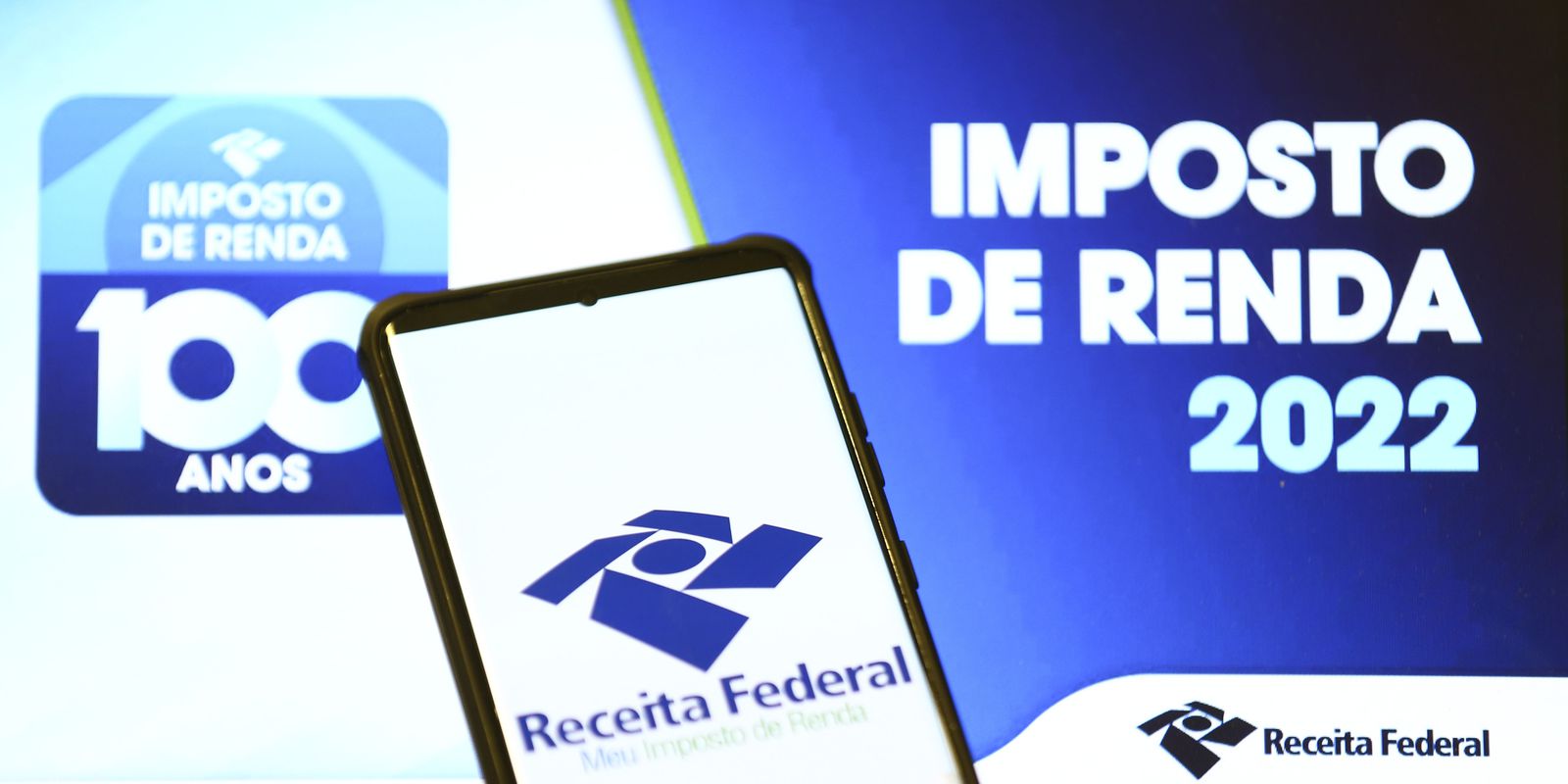Bitcoin, ether, NFT. In recent years, these words have become part of the daily lives of investors around the world. Virtual assets that accumulate income, crypto-assets have come to represent a source of equity that has entered the tax authorities’ radar and need to be declared in the Income Tax (IR), depending on the accumulated value and the investor’s earnings.
Still without regulation in Brazil, crypto-assets received their own codes in the “Goods and rights” form in 2019. Until then generically declared as “other goods and rights”, they gained a specific section in the income tax declaration. This year, the IRS created a code for Non-Fungible Tokens (NFT), a type of encrypted signature for digital files.
Check out the main doubts about filling cryptoassets in the income tax return:
When to declare
According to the Federal Revenue Service, any crypto asset with a purchase value equal to or greater than BRL 5,000 on behalf of the taxpayer on December 31 of the previous year must be declared. Below this amount, it is not necessary to declare.
This limit of BRL 5,000 is valid per crypto asset category. Thus, a taxpayer with BRL 5,000 in bitcoin and BRL 3,000 in another virtual asset, for example, will only need to declare the first asset.
what codes to use
This year, the IRS changed the codes to declare assets in Income Tax, reorganizing the types of assets into groups. In the “Goods and rights” form, the taxpayer must choose the group “8 – cryptoactive”. Then you must choose the following codes:
• Code 01: crypto-asset bitcoin – BTC;
• Code 02: other cryptocurrencies, known as altcoins. Example: Ether (ETH), Ripple (XRP), Bitcoin Cash (BCH) and Litecoin (LTC);
• Code 03: crypto assets known as stablecoins. Example: Tether (USDT), USD Coin (USDC), Brazilian Digital Token (BRZ), Binance USD (BUSD), DAI, True USD (TUSD), Gemini USD (GUSD), Paxos USD (PAX), Paxos Gold (PAXG) ) and others;
• Code 10: crypto assets known as Non-Fungible Tokens (NFT);
• Code 99: other crypto assets. It encompasses tokens, digital assets not considered cryptocurrencies.
how to declare
Cryptoassets follow a similar pattern to real estate, cars and Bank Deposit Certificates (CDB). The amount to be informed in the declaration is the expense in reais by the investor at the time of acquisition of the digital asset, and must be repeated every year. Only on the sale of this asset, the taxpayer must update the value and calculate the tax payable based on capital gains.
When is tax charged on cryptocurrencies?
Only those who trade more than BRL 35,000 in crypto assets per month need to pay Income Tax. This limit covers the sum of all digital assets and operations in all countries.
Thus, those who sold BRL 10,000 in bitcoin, BRL 3,000 in tether and BRL 5,000 in etherium within 30 days, in different parts of the world, will not need to pay anything, because the value of the transactions does not exceed BRL $35 thousand. Anyone, however, who sold BRL 20,000, BRL 5,000 and BRL 12,000 in the same currencies in a single month will have to pay tax on the gains.
Even in cases where he is exempt from paying IR on profits, the taxpayer must declare, in the “Assets and rights” form, the crypto assets if the acquisition price of a digital asset is equal to or greater than R$5 thousand.
The investor must also fill out another declaration at the Federal Revenue Service Virtual Center (e-CAC), when making transactions – individually or together – of more than BRL 30 thousand in a month with exchanges (virtual brokerages) abroad or not. use no broker. More information about this declaration can be obtained in this guide prepared by the government.
What is the rate charged?
The rate is levied only on income, not on the total value of crypto assets. Profits are taxed as follows:
Income Tax
Less than BRL 5 million 15%
From BRL 5 million to BRL 10 million 17.5%
From BRL 10 million to BRL 30 million 20%
More than BRL 30 million 22.5%
How to pay income tax
The procedure is similar to charging on earnings with variable income (such as investments in the stock exchange). The investor himself must calculate the monthly earnings with crypto-assets, issue the Federal Revenue Collection Document (Darf), calculate and pay the tax. The process must be carried out every month, if the value of the negotiations – together – exceeds R$ 35 thousand.
After issuing the Darf, the taxpayer has until the last business day of the month following the transaction to pay the tax. The document can be issued and completed in the Siscalweb systemon the Federal Revenue’s website, without the need to download a guide generator program.
How to report capital gains
In addition to paying Income Tax, the taxpayer must declare capital gains (profit from the appreciation of an asset) to the Tax Authorities. The procedure can be done through the program Capital gains (GCAP), which can be downloaded from the Federal Revenue website. Profits reported in the program are imported into the following year’s Income Tax declaration.
In this year’s income tax return, the taxpayer must download the GCAP 2021 program, choose the option “Export to IRPF” and save the file on the computer. Then, go to the IR generator program, access the “Capital Gains” tab and import the file saved in the “GCAP Import” option.
















